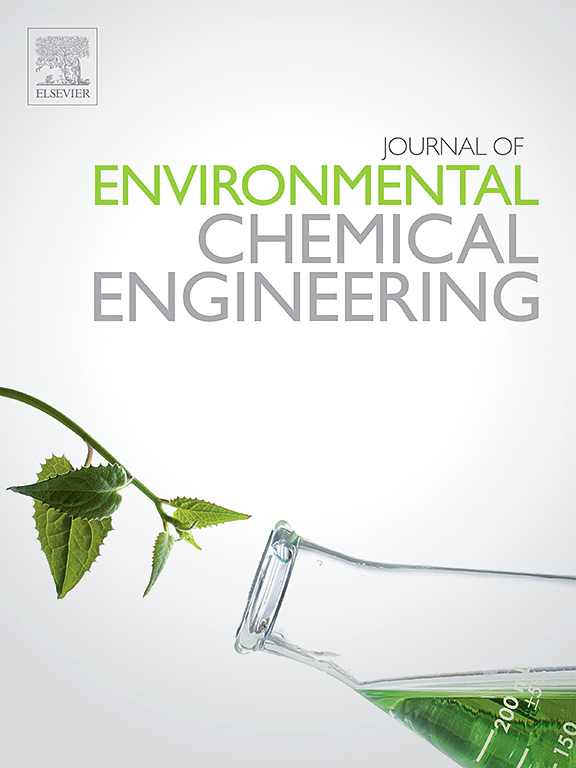Microalgae bioinputs as disruptive technology for a sustainable agriculture: A systematic and bibliometric review
IF 7.4
2区 工程技术
Q1 ENGINEERING, CHEMICAL
引用次数: 0
Abstract
By 2050, global population growth is expected to double the demand for food, consequently increasing the need for fertilizers, which will intensify the pressure on natural resources and exacerbate environmental impacts. Recent studies have highlighted the potential of microalgal biomass cultivated in wastewater as bioinputs in agriculture. However, these studies remain mostly at laboratory or pilot project scales, requiring significant advances to enable their large-scale application. This study presents a systematic and bibliometric review to evaluate the state of the art of microalgae-based bioinputs, focusing on their production methods, environmental impacts, and techno-economic feasibility. The novelty of this work lies in its integrated approach, which not only consolidates current knowledge on bioinput technologies but also identifies critical gaps and intervention points to advance the large-scale adoption of microalgae-based bioinputs in agriculture. The review highlighted diverse methods for processing microalgal biomass, underscoring its significant potential as a soil conditioner, biostimulant, biopesticide, and biofungicide. Although these applications hold considerable promise, key challenges-such as optimizing cultivation in wastewater and minimizing energy consumption-must be effectively addressed to fully realize this potential. Environmental analyses reveal the potential of microalgae to support nutrient recycling, reduce greenhouse gas emissions, and enhance soil health. Techno-economic evaluations underline the need for scalable and cost-effective processes, highlighting the importance of integrated approaches that combine environmental and economic assessments. This comprehensive review provides a roadmap for future research, emphasizing the importance of addressing technical, environmental, and economic barriers to achieve sustainable and scalable production of microalgae-based bioinputs.
求助全文
约1分钟内获得全文
求助全文
来源期刊

Journal of Environmental Chemical Engineering
Environmental Science-Pollution
CiteScore
11.40
自引率
6.50%
发文量
2017
审稿时长
27 days
期刊介绍:
The Journal of Environmental Chemical Engineering (JECE) serves as a platform for the dissemination of original and innovative research focusing on the advancement of environmentally-friendly, sustainable technologies. JECE emphasizes the transition towards a carbon-neutral circular economy and a self-sufficient bio-based economy. Topics covered include soil, water, wastewater, and air decontamination; pollution monitoring, prevention, and control; advanced analytics, sensors, impact and risk assessment methodologies in environmental chemical engineering; resource recovery (water, nutrients, materials, energy); industrial ecology; valorization of waste streams; waste management (including e-waste); climate-water-energy-food nexus; novel materials for environmental, chemical, and energy applications; sustainability and environmental safety; water digitalization, water data science, and machine learning; process integration and intensification; recent developments in green chemistry for synthesis, catalysis, and energy; and original research on contaminants of emerging concern, persistent chemicals, and priority substances, including microplastics, nanoplastics, nanomaterials, micropollutants, antimicrobial resistance genes, and emerging pathogens (viruses, bacteria, parasites) of environmental significance.
 求助内容:
求助内容: 应助结果提醒方式:
应助结果提醒方式:


